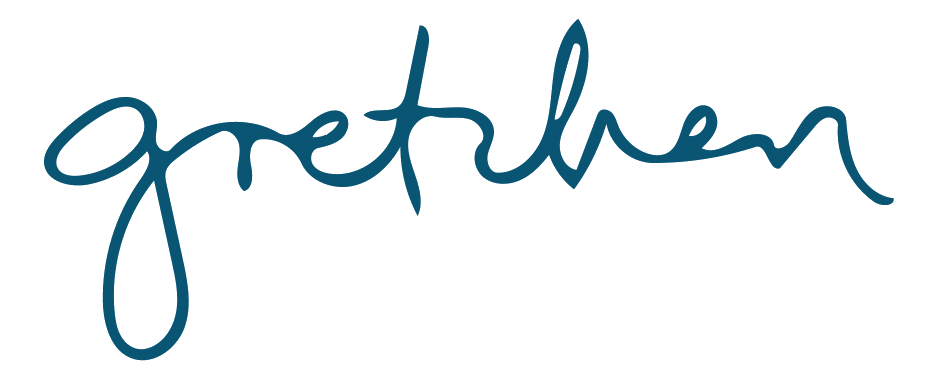What do studying and snickerdoodles have in common? More than you may realize!
Sharing personal stories with students of your successes and “learning experiences” (read: failures) can be a great way to build connections and open up practical conversations around academic skills.
In today’s video, we’ll dive into a story I love to share with students about how a friend and I studied for exams. We’ll chat about the connection between baking and economics and learn how we can share personal experiences in our coaching sessions.
Click the image below to watch the video… or read on for a summary.
Greetings, everybody, from The Planet Fitness parking lot! I’m wearing my eight pound weighted vest, and I had an idea as I was driving to the gym. I was going to put it on the calendar to make this video later, but then I thought, “no, just do it now while you’re motivated.” So here we are!
I was thinking about what stories from my childhood do I like to tell my clients because one of the really important qualities of an anti-boring coach is that we are transparent with our students. We use stories from our own lives as examples for what we’re trying to teach them, and we’re also willing to share both the hard experiences we’ve had as well as the good experiences we’ve had. I thought of three stories in particular of things that I did when I was in school that inform the kind of coaching that I give students now, and I wanted to tell you those stories. So in this video we’ll do story #1. Are you ready? Let’s get into it.
I often share this story when I’m teaching students my mini lecture called The Study Senses. You’re more than welcome to take my course The Art of Inspiring Students if you want to learn about the study senses, but here you get the story for free. When I was a senior in high school, my best friend Marissa and I took government and economics, and it was just a boring memorize, memorize, memorize class. Every Friday we had a test on the information that we’ve been lectured to and we’d read about through the week, and the first test or so I didn’t do very well on. I mean, I actually don’t remember– I’m just guessing, because I I wish I could remember what motivated us to start this study technique….
What we did is, every Thursday night Marissa would come over to my house and we would make snickerdoodle cookies together so we had a weekly supply of snickerdoodles. We used the process of making the snickerdoodles as a metaphor for whatever we were learning that week and we got silly. We talked in accents which, you know, now that I’m waking up to my own whiteness, I have some critique of, but regardless even if you just talk in funny voices…. We sang songs. We we did all kinds of just silly things with the vocabulary list and with the ideas that we were supposed to have memorized that week. The only one I remember is “supply and demand.” We used the process of making and baking and then taking the cookies out of the oven and putting them on different plates as metaphors for supply and demand, and it was so fun! I really looked forward to Thursday night study sessions, and she and I both got A’s, if not 100s, on every single test.
If I were sharing this story with a student, I would usually use my Consent Burger process to make sure that they are open to hearing a story from my childhood. Curious what the Consent Burger? I have a free guide here that shares a number of the most important things I teach for free, including the Consent Burger and you should be able to walk away using it with your students as soon as you read it. When you experiment with it, please comment below and tell me!
I would set up the story with the Consent Burger, then I would tell them the story, and then part of the cConsent Burger is to check in afterwards about what felt relevant or meaningful to them. So I would ask that question, and then we would chat about whether they could imagine using techniques like that, or did it spark any new ideas in them, or did it seem dumb. Did they have a critique or a stabbing sensation in their belly when I told them that story, like “What feelings came up for you?”
There are all kinds of directions we can go after telling a personal story and usually it results in some kind of new idea or commitment that we put onto their habit tracker. (By the way, if you want to learn about my habit tracker… so many of the coaches who come through my training program love my habit tracker process and use it in their own coaching. That’s available to you should you decide to come on into my Anti-Boring Ed world.)
I’ve got at least two more stories if not more that are are my go-to stories with students, so I’m going to share those in another video, but I would love to hear yours! What kind of a learner were you? What stories about yourself can you share about yourself with students, whether it’s something you did really well or mistakes you made–those can be even better teaching stories! I would love to hear them down below.
I’ll see you in the next video for the next story!

P.S.
Have you grabbed your free ticket to Seth Perler’s The Executive Function Online Summit (TEFOS) yet??? If not, NOW’s THE TIME! Click here to get your seat today–you’ll be glad you did!
